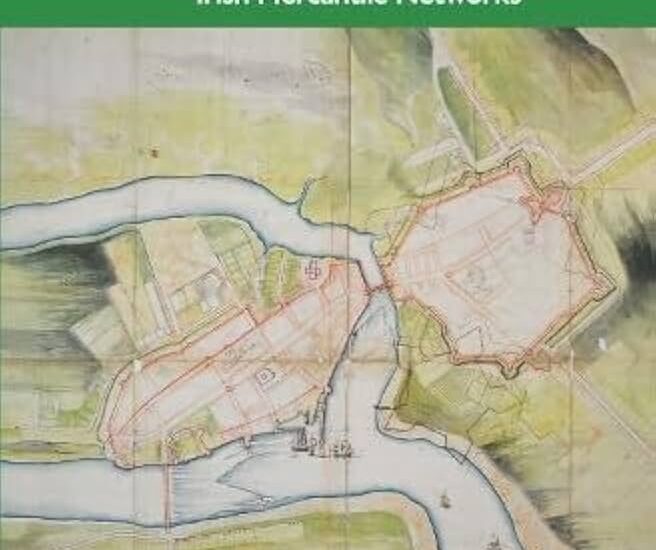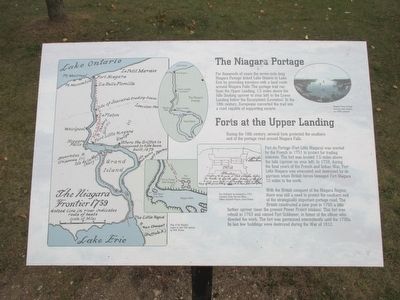Welcome to the site of the 1690 Stand at Limerick, a pivotal moment in Irish history, where bravery, strategy, and resilience were on full display. As you stand here, imagine the year is 1690. The air is thick with tension as two opposing forces prepare for a decisive battle that would shape the future of Ireland. This was the scene of the second and most significant Siege of Limerick, a confrontation during the Williamite War in Ireland.
The war was part of a larger conflict known as the Glorious Revolution, where Protestant King William of Orange challenged and ultimately overthrew the Catholic King James II of England. The battle lines were drawn across Europe, and Ireland became a critical battleground. The Siege of Limerick was central to this conflict, as it was one of the last strongholds of the Jacobite forces loyal to King James II.
The city of Limerick, fortified and resolute, was defended by Patrick Sarsfield, a charismatic leader known for his military acumen and unwavering spirit. Sarsfield’s strategic brilliance shone during the siege. In a daring night raid, he and his men famously intercepted and destroyed a convoy of Williamite artillery, a move that delayed the siege and bolstered the morale of his troops. This act of bravery earned him a place in Irish folklore and history.
Despite the odds, the defenders of Limerick held out against the Williamite forces led by General Godert de Ginkel. The besieged city, with its walls battered and supplies dwindling, finally saw a turning point when a combination of military stalemate and diplomatic negotiations led to the Treaty of Limerick. Signed on October 3, 1691, the treaty allowed the Jacobite soldiers to leave for France, a moment famously known as the ‘Flight of the Wild Geese.’ This departure symbolized the end of the war in Ireland but also marked a significant moment of Irish diaspora.
Over the centuries, the legacy of the 1690 Stand at Limerick has been preserved in the cultural and historical consciousness of Ireland. The city itself evolved, but the stories of valor and the spirit of resistance continue to inspire. Today, Limerick stands as a testament to resilience and the ongoing quest for identity and freedom.
As you leave this historic site, consider the broader implications of the events that transpired here. The Siege of Limerick was not just a military confrontation but a symbol of the struggle for religious and political autonomy, themes that resonate in Irish history even today. The courage demonstrated by those who stood here centuries ago continues to echo, reminding us of the enduring spirit of the Irish people.



